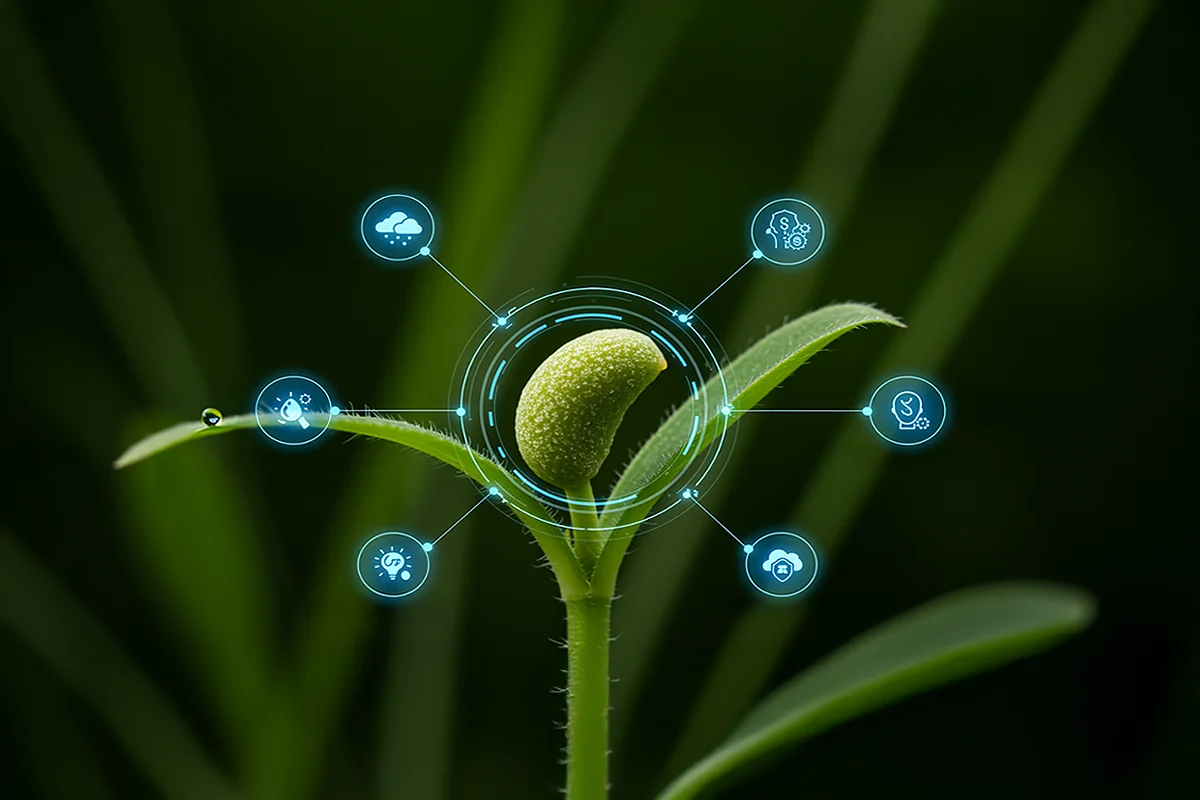Feistritzer (1975) claims that seed is the carrier of new technologies – literally and figuratively. Seed quality is the culmination of the correct application of multiple agriculture inputs such as fertilizers, pesticides, and irrigation. These play a vital role in enhancing agricultural production.
How to ensure optimum quantities of input for high-yielding seed varieties?
Three key challenges seed companies face during the production period
For the scope of this article, we will focus on three critical challenges encountered by seed companies during the production period.
Ensuring the right condition
The second is optimizing the cost of production for the average farmer while ensuring maximum profit for the seed company.
This is where a ‘smart’ farm management solution can:
- Accurately predict the permutation and combination of environmental factors needed to produce quality seeds. Use of technology and digitization results in seeds that are:
- produced with scientific knowledge, organized effort, and investments in storage, marketing, and processing seeds
- of assured pedigree
- free of diseased and objectionable traits during the production cycle.
- Identify critical data points in the seed planting, growth, and harvest stages
- Drive farmer engagement by producing real-time weather advisory warnings along with a list of proactive actions to be taken to ensure high seed output
- Set pest and disease alerts to prevent seed wastage–a significant advantage as research indicates that over 20-40% of global crop production is lost to pests annually.
Selecting the appropriate sites for seed production
Tackling cost inefficiencies in monitoring the production process
Technology is the efficient enabler
By leveraging emerging technologies such as IoT, Big Data, Blockchain, etc., seed companies can live up to the promise of high-quality seed production. Cropin’s farm-to-fork traceability solution is one such tool that promises adulteration-free, high-quality seeds. Seed companies can monitor input usage, manage seed health, and leverage actionable insights to literally lay the foundation for high-yielding seeds and experience improved profitability and, of course, ROI.








